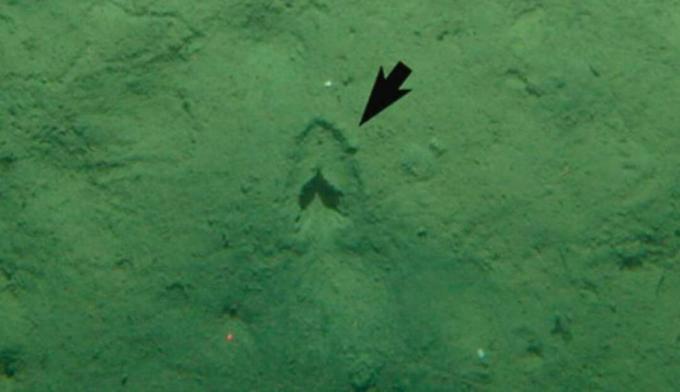An intriguing mark on the ocean floor that resembled a gigantic footprint has defied scientists' understanding and prompted a series of theories, some plausible and others fantastic.
This enigmatic impression is located more than 450 meters deep and the mystery surrounding this supposed footprint seemed insoluble, until, a decade ago, the New Zealand National Institute of Water and Atmospheric Research (NIWA) embarked on a tireless search for true.
see more
Have you ever felt like you were accompanied, even alone? There is an explanation…
10 'facts' about baldness that are actually MYTHS
Was it really a footprint on the bottom of the sea, as was believed? Or was something even more extraordinary waiting to be revealed? Follow this text to solve the enigma.
Look at the image of the supposed footprint and try to imagine how this 450 meter deep mark could have been planted in the ocean. After all, it is from these types of questions that scientists continue to carry out their research.

(Image: reproduction/internet)
According to the study, impressions on the seabed are some of the few pieces of evidence available that allow us to understand the feeding habits of rattail fish.
It appears that these predatory creatures hunt in a peculiar way, using their snouts to dig in the mud before sucking up their prey.

(Image: reproduction/internet)
Rattail fish live in the ocean depths and have honed their senses over time. As a result, they developed keen eyesight, a keen sense of smell, and sensitive wattles on their chins.
Swimming close to the seabed, they use these skills to locate prey, such as crustaceans, worms and other fish.
However, the method by which they capture them remained shrouded in mystery. In the 1970s, scientists spotted one of these animals in the muddy depths, at a depth of approximately 4,000 meters.
Although the purpose of their search was unclear, the researchers conjectured that such behavior could leave traces on the sea floor.
The shallower marks, apparently, are the result of these fish's attempts to capture crabs and other animals that inhabit the surface of the sand.
The deeper markings suggest that rattail fish may excavate in search of their prey, revealing an intriguing and complex hunting strategy.
NIWA marine biologist Sadie Mills explains that NIWA uses an advanced technology called the Depth Towed Imaging System (Dtis). With Dtis, researchers can explore the seabed in detail.
The surprising discovery that these marks are, in fact, made by rattail fish while feed in the mud represents a reward after many years of meticulous study of footage captured by the Dtis.
At Trezeme Digital, we understand the importance of effective communication. We know that every word matters, which is why we strive to deliver content that is relevant, engaging and personalized to meet your needs.